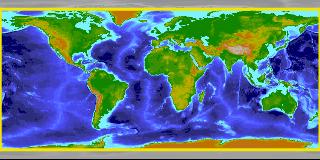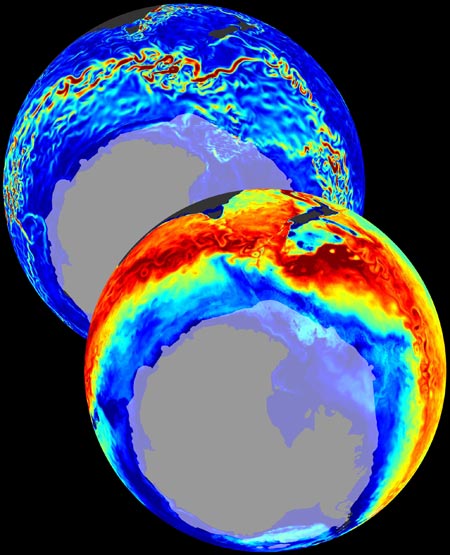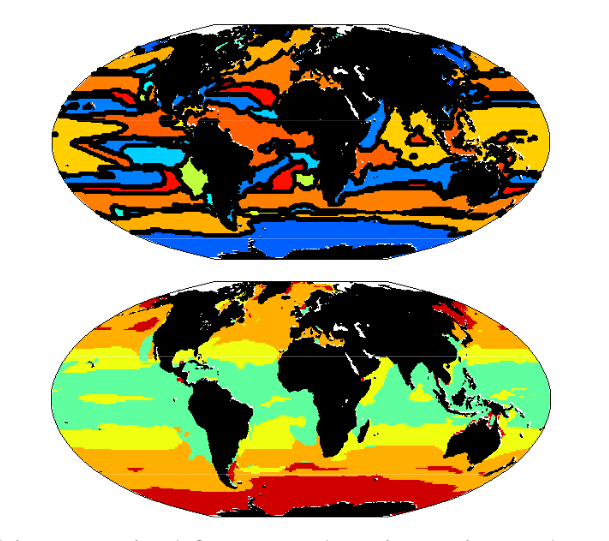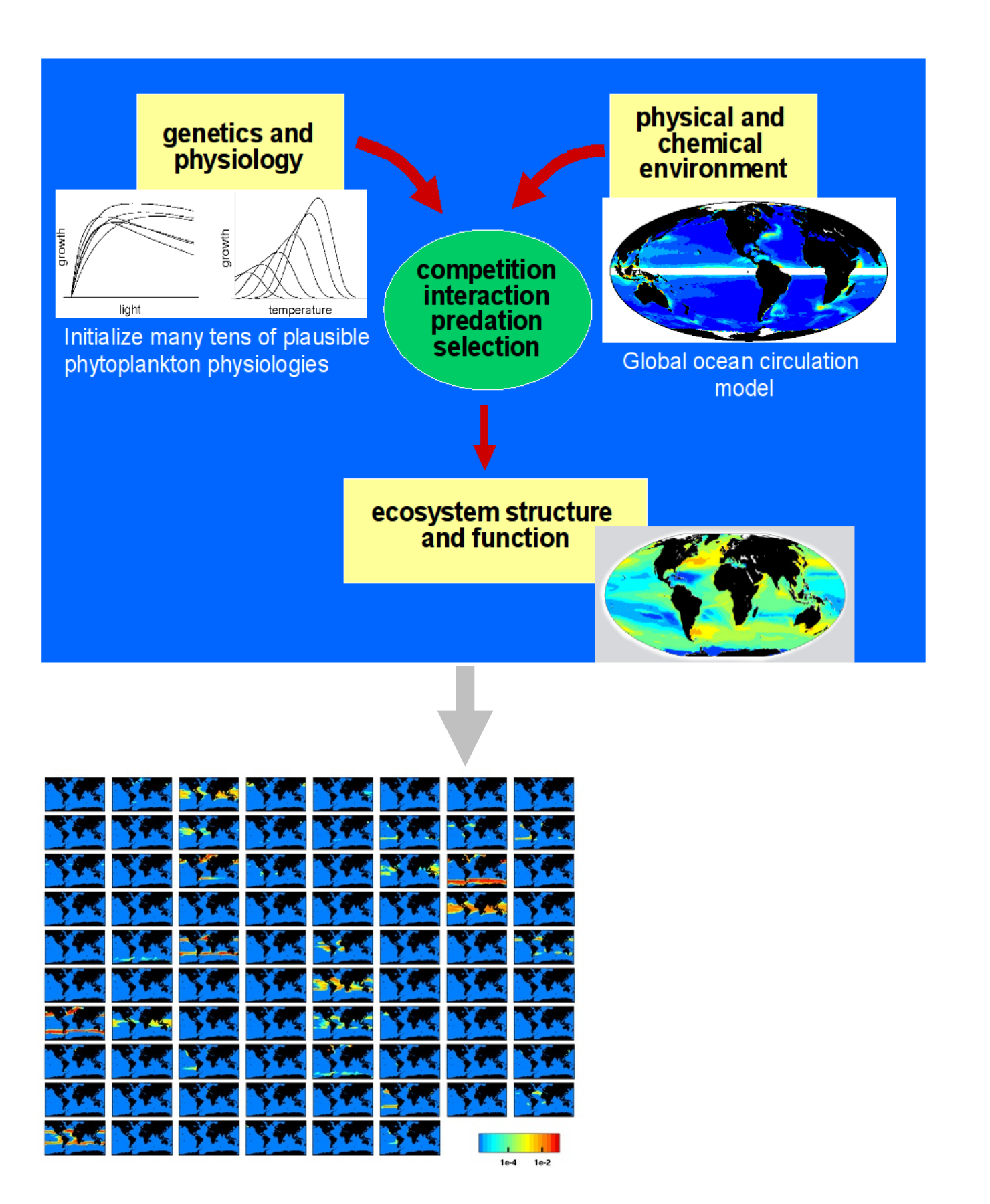OCCA
 This month we focus on work by Gael Forget and the ECCO team who have been using MITgcm to construct a new ocean atlas. By using MITgcm as a means of optimally synthesising data within the framework of a physically accurate general circulation model, OCCA (short for OCean Comprehensible Atlas) provides a singularly accurate 3-year “snap-shot” of the global ocean state for the period December 2003 to November 2006…
This month we focus on work by Gael Forget and the ECCO team who have been using MITgcm to construct a new ocean atlas. By using MITgcm as a means of optimally synthesising data within the framework of a physically accurate general circulation model, OCCA (short for OCean Comprehensible Atlas) provides a singularly accurate 3-year “snap-shot” of the global ocean state for the period December 2003 to November 2006…
Anthropogenic CO2 transport in the Southern Ocean.
 Taka Ito, Molly Woloszyn and Matt Mazloff have been studying anthropogenic CO2 transport in the Southern Ocean. Using MITgcm’s adjoint and offline capabilities, the team find a clear correlation between the pattern of carbon uptake and oceanic vertical exchange in strong support of wind-driven primary regulation of Southern Ocean ACO2 transport…
Taka Ito, Molly Woloszyn and Matt Mazloff have been studying anthropogenic CO2 transport in the Southern Ocean. Using MITgcm’s adjoint and offline capabilities, the team find a clear correlation between the pattern of carbon uptake and oceanic vertical exchange in strong support of wind-driven primary regulation of Southern Ocean ACO2 transport…
Ecological Control of Subtropical Nutrient Concentrations

In this article we spotlight recent work by Darwin Project team members Stephanie Dutkiewicz, Mick Follows and Jason Bragg, who have been examining the utility of resource control theory to interpret the relationships between organisms and resources in a global coupled physical-biogeochemistry-ecosystem model built around MITgcm…
Ocean Ecosystems
 Work by Fanny Monteiro with Mick Follows and Stephanie Dutkiewicz at MIT who have been using the MITgcm to probe the behaviour of self-assembling phytoplankton communities within a global ocean circulation…
Work by Fanny Monteiro with Mick Follows and Stephanie Dutkiewicz at MIT who have been using the MITgcm to probe the behaviour of self-assembling phytoplankton communities within a global ocean circulation…
